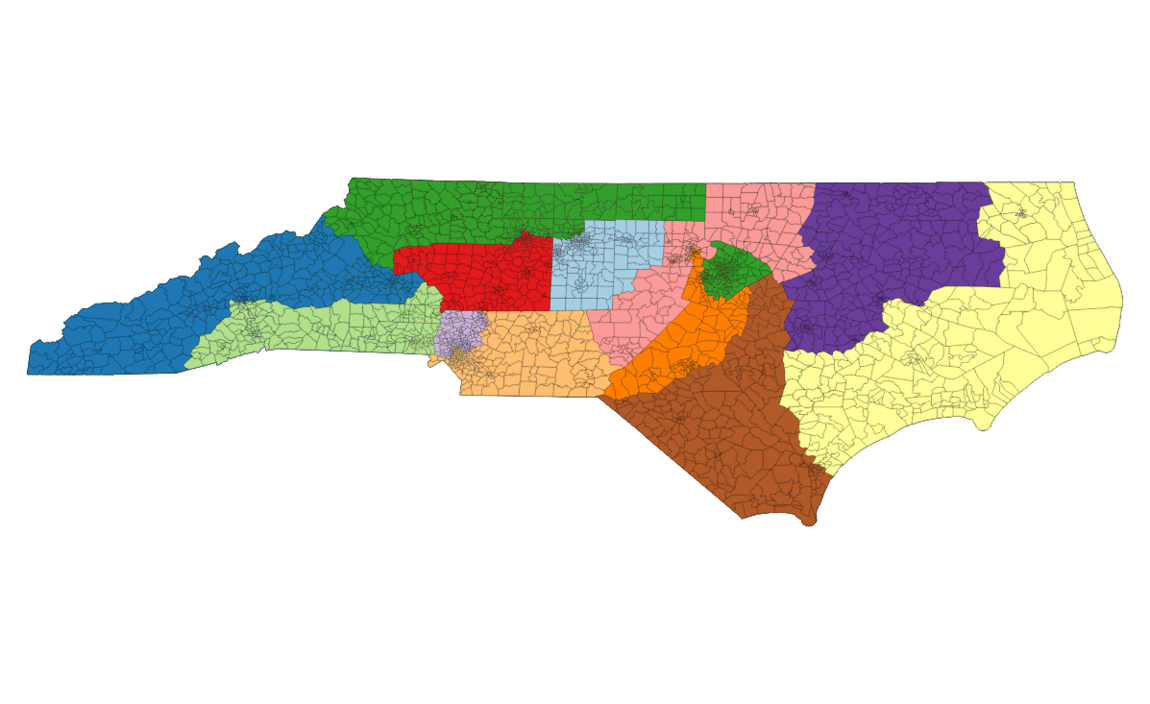Vidya Sethuraman
India Post News Service
North Carolina grew in population over the past ten years – a total increase of roughly 903,000. This population growth is in more urban places of the state like the Triangle and Charlotte. As a result of recently released census data, North Carolina is gaining a fourteenth congressional seat, which is affecting how the state is drawing its new congressional maps. The additional U.S. House seat, the 14th for North Carolina, marks the third time in the past four census cycles that the state will have increased the size of its congressional delegation. North Carolina received a 12th seat after the 1990 census and another after the 2000 release.
We do not get to a voting process that truly matters without first making sure we’ve ensured an accurate census count and fair maps that are representative,” said Kyle Hamilton Brazile, Director of Civic Engagement for the NC Counts Coalition. She said that communities of shared interests, values, and backgrounds should be gathered and fair maps drawn so those communities can pick their political representatives.
“North Carolina uses our policy of preemption to make sure counties and cities in groups are unable to do anything,” said Robert Dawkins, political director of Action NC. We want to make sure if the city gets counted, that we’re able to form coalition districts throughout the city and throughout the county so the Latin and the South East Asian Community and other burgeoning communities will have a say, will have a voice in this process.
Tippett said North Carolina’s population growth is driven by people who arrive for work or to attend college and then remain after graduation. Retirees also are flocking to the state, as well as baby boomers from the Northeast and Midwest who want to live closer to adult children already in North Carolina, she said.







